I can’t speak for the rest of the planet, but something is happening in the UK horsey world. Something which is causing heated debate and sparks to fly. It is the growing movement of the barefoot horse. It seems many have decided to remove their horse’s shoes altogether and forever. Some have even learned how to file their own horse’s hooves and have waved a permanent goodbye to the farrier! Are they mad? Irresponsible? Cruel? Why are they doing this and what is the outcome? I make no claims of being an expert on the subject. I simply write from experience and observation.
Years ago, when I first started keeping horses, it was practically unheard of for a working horse to be unshod. It was okay for fat little first ponies and it was okay for broodmares and those in retirement. It was considered a sensible but unfortunate move for a regular kicker who was turned out with others. But to regularly ride an unshod horse? What on earth…? No. Just no.
A friend added me to a Facebook group called Barefoot Horse Owners UK, which currently has a following of over 11,000 and rising fast. I visited the page and read the title. I confess, my first thoughts were that I was about to endure the earnest twitterings of a bunch of hippies with their heads in the clouds.
Well meant, but misplaced.
How wrong I was.
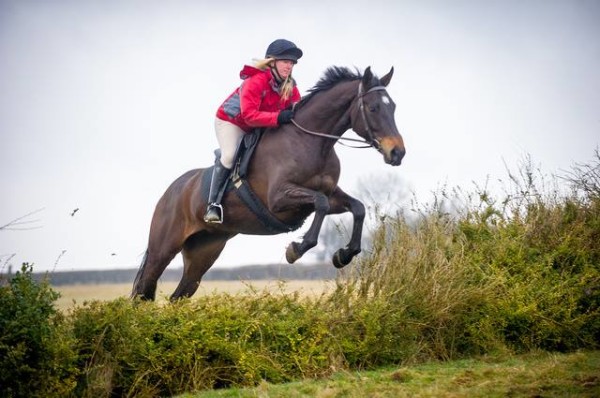
©Janet Paterson
I started reading and couldn’t stop. These were clearly intelligent, knowledgeable people. They were engaged in constructively supporting each other regarding an issue they all felt passionately about—keeping horses unshod. The promotion or discussion of using shoes as an option is banned in any way shape or form and under any circumstances. At first I thought this was rather militant and narrow-minded. Now I understand why they need to take this stance. They want to keep the conversation and movement on track. It takes away uncertainty. There is no fence to sit on here, no room to mull over the pros and the cons of shoeing. To them there are no pros. They have moved beyond this. That particular conversation is redundant and no longer relevant.
I was intrigued by the stories I was reading, not least because I had just bought a mare with a shoeing phobia. Could I just remove her shoes and carry on riding her? Surely not. Horses must have been shod for centuries because they neededto be; for good reason. And yet here were people at the top of their game, eventing, hunting and endurance riding on all manner of happy, healthy, unshod horses!
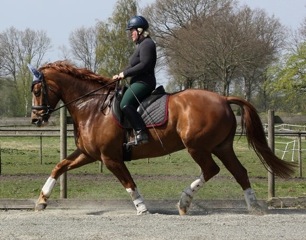
©Joanne Canning
From what I read, transitioning from shod to unshod seemed to be the trickiest part, and unpredictable in terms of difficulty. Some horses had no problems but some took weeks or even months for their hooves to toughen up and adapt to the absence of shoes. I followed their journeys with great interest. The group was instantly there for the struggling, with intelligent advice offered from those who had already taken the barefoot plunge. I can honestly say it was a revelation and an example of Facebook working at its best.
My new horse came to me shod, but complete with warnings about her shoeing phobia. I decided I was going to go for it. I left her for longer than usual before I called the farrier. I wanted her hooves nice and long. He arrived and removed her shoes, then trimmed just a little. Luckily he was experienced with barefoot trimming and revealed he was working with an ever-growing number of barefoot horses. He was careful to leave enough excess hoof.
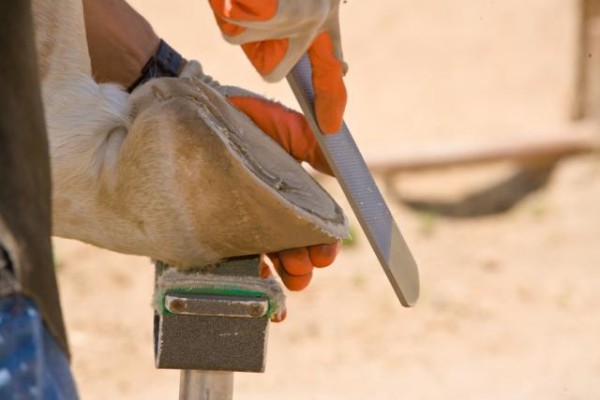
Afterward, she was trotted up and down in front of me, as I anxiously looked for signs of lameness. Nothing. As sound as a pound.
Was that it? Was it really that easy?
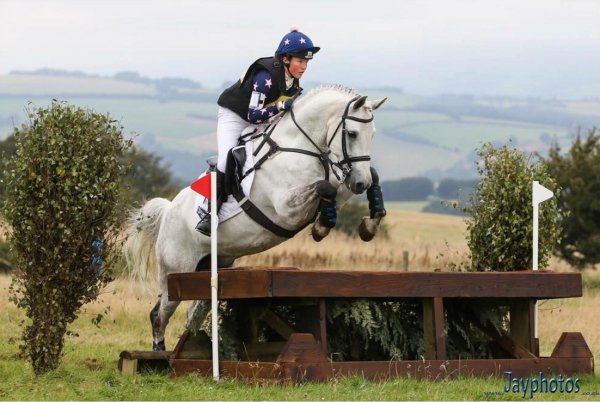
©Zara Overton
I took her out. The first thing I noticed was how sure-footed she was. The worn tarmac that used to cause her to slip now felt secure and well-gripped beneath her hooves. There were some surfaces she was not keen on—flat surfaces sprinkled with stones being her least favorite—and I hated how she flinched trying to walk over them. She started to make it clear she wanted to select her own route; sometimes she would choose the grass verges instead of the road. I realized that when riding a barefoot horse the best policy is for the rider to choose the destination, but the horse should get to choose the route.
There was a difference in her attitude without shoes. She seemed more alive, somehow; more awake, but I guess she had just been given an extra sense, so of course this would be the case. She no longer hammered blindly over any surface—she felt her way.
Her hooves have since toughened up somewhat, but I still sense her feeling her way and I like it. This is a horse moving in the manner nature intended and there is something more earthy, interesting and satisfying about it.
The farrier pops in every couple of months. Sometimes he does nothing, sometimes he trims or rasps a little off. It seems her hooves largely take care of themselves. I also enjoy the novelty of watching one bill go down instead of up. A trim costs me about a quarter of what I’d pay for shoes. Bonus! And what pretty hooves she has! The thought of nailing hard metal into them genuinely now fills me with horror. I am, without doubt, a 100% barefoot convert.
“I realized that when riding a barefoot horse, the best policy is for the rider to choose the destination, but the horse should get to choose the route.”
And now for some of the reasons behind this growing movement:
Put you hand on the hoof of a shod horse. It will feel cold. Put your hand on the hoof of an unshod horse and it will feel warm. Why?

The beautiful form of the barefoot hoof (right), compared to the shod hoof. ©Happy Horse Training
Every time a horse places its unshod hoof onto the ground, it expands. Every time it lifts its hoof, it contracts. This causes blood to be pumped back up from the hoof to the heart. Unshod hooves are like four mini-hearts, helping to pump the blood and therefore, supporting the circulatory system and the heart. Horseshoes imprison hooves and stop this expansion and contraction, putting a greater strain on the heart and decreasing the circulation of blood up from the hooves. Also, because shoes often lift the rubbery frog too high off the ground and the flexible hoof wall is nailed to metal, they can no longer to their job of being shock absorbers.
Imagine standing in a shoe shop and looking at sneakers. In front of you are two pairs. One pair has metal soles and one pair has rubber soles. It’s not hard to imagine which pair gets laughed at and left on the shelf. And yet this is what we give to our horses. Without question. Without thinking. Without laughing.
Horses are not born with shoes. We know they have managed to survive and evolve without pieces of metal nailed to their feet. And yet for centuries it has been the norm. Could it just be that before we had motor vehicles, when horses were our main form of transport, they were used differently? They were worked much harder, they had to be able to move quickly over all manner of terrain without an issue for long periods of time. In short, their hooves were pushed by humans beyond the purpose for which they had evolved, and so shoes were needed to enable these extra demands to be met without causing lameness.
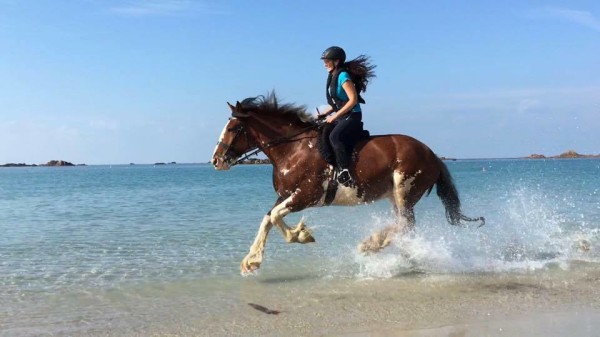
©Zoe Cook
Nowadays horses, in most cases, are no longer used in the same way or to the same extent. Could it be that they could easily meet our lesser demands with their natural equipment? A study of the distances traveled by feral horses in ‘Outback’ Australia by Hampson, et al in 2010, revealed the average distance a horse traveled a day by its own volition to be about 10 miles. A rider would add weight and terrains vary, but this study gives an idea of what the unshod hoof is equipped to deal with on a daily basis.
I leave the doubtful among you to feast your eyes on these barefoot beauties doing their thing in the photos above, and to seriously consider whether five hearts are better than one.


 February 2, 2016
February 2, 2016 

























